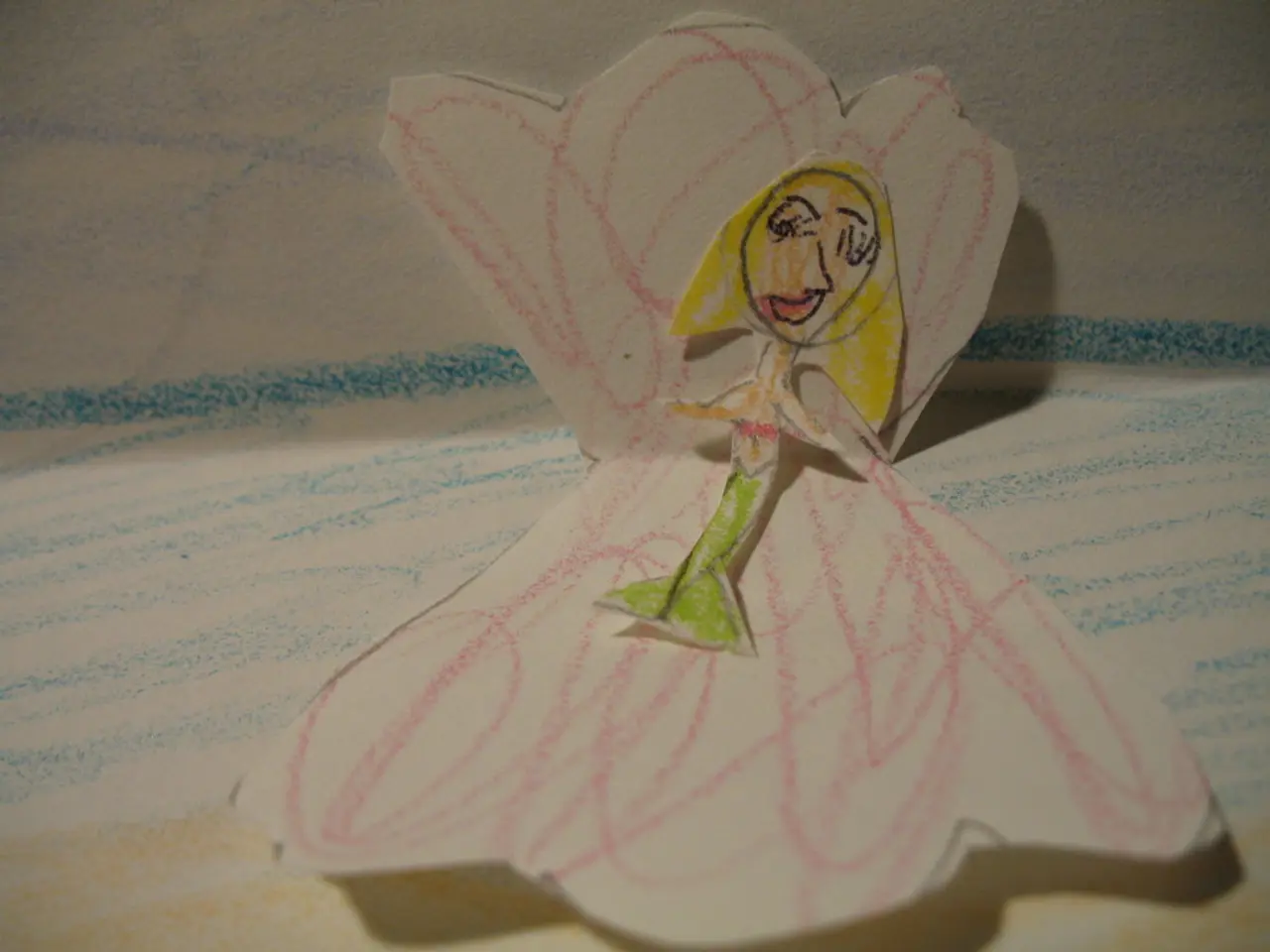Delving into the Captivating World of Pastel Art: Methods and Advice for the Year 2025
=================================================
Pastel art, a captivating medium appreciated by artists and enthusiasts worldwide, offers an incredible range of artistic possibilities. This ancient art form, which involves using pastel sticks to create colorful drawings and paintings made from powdered pigments mixed with a binder, has been embraced by renowned artists such as Edgar Degas, Mary Cassatt, Rosalba Carriera, Odilon Redon, and Jean-Baptiste-Siméon Chardin.
The choice of paper or surface impacts the final look of pastel art significantly. Textured paper holds pastel pigments well, providing an ideal base for creating detailed or textured work, while smooth paper works well with pastel pencils, offering precision for intricate designs or outlines.
Beginners should start with basic tools, learning simple techniques, experimenting with surfaces, sketching outlines first, focusing on small projects, understanding color theory, utilizing blending tools, taking breaks to observe, keeping their workspace clean, and avoiding common mistakes like over-blending pigments, skipping fixative, using the wrong surface, over-layering pastels, ignoring light and shadows, starting with large projects, not cleaning tools, rushing the process, and not practicing enough.
Fixatives are essential for preserving pastel artwork, preventing smudging and securing the pigments. Proper care and preservation of pastel artwork involve using glass or plexiglass, including a spacer, choosing acid-free materials, sealing the frame, avoiding direct sunlight, handling with care, storing horizontally, avoiding high humidity, using fixatives sparingly, cleaning glass regularly, and rotating displays periodically.
Popular techniques for creating stunning pastel artwork include layering for depth, blending, scrumbling, and feathering. Layering involves starting with lighter tones and gradually adding darker shades to build depth and intensity. Blending is the most common technique, where pastel colors are smudged or rubbed together to achieve smooth color transitions and polished gradients. Scrumbling refers to applying light, opaque pastel layers over already worked areas to create optical color mixing, which visually blends adjacent colors to produce new color effects. Feathering involves applying pastel in short, linear strokes that can overlap or cross to add texture and detail, often following or contrasting the subject's contours.
Additional techniques emphasized by artists include using painterly strokes with the side of pastels to create varied textures and shimmering effects, valuable for capturing glow and light reflections. Applying underpainting techniques with alcohol-based media for expressive backgrounds and atmospheres, careful color harmony and value selection to enhance light effects and set mood in the artwork, and drawing with pastel pencils to add sharp details and realism, especially for wildlife and portrait subjects.
These techniques, combined with quality papers like Pastelmat and varied pastel brands (soft pastels, pastel pencils), help artists maximize the medium’s versatility and vibrancy. By mastering layering, blending, scrumbling, and feathering, along with incorporating painterly strokes and detailed pencil work, artists can create visually stunning pastel artworks.
In summary, creating pastel art requires specific tools and materials, such as textured paper, fixatives, and blending tools, to ensure the best results and enhance creativity. With practice and patience, anyone can explore this versatile and expressive art form, producing captivating works that showcase their unique vision and passion.
[1] Pastel Journal. (n.d.). Techniques. Retrieved from https://www.pasteljournal.com/techniques/ [2] The Pastel Society. (n.d.). Pastel Techniques. Retrieved from https://www.pastelsociety.org/pastel-techniques [3] Pastel Society of America. (n.d.). Techniques. Retrieved from https://www.pastelsocietyamerica.org/techniques/ [4] The Art of Pastel. (n.d.). Techniques. Retrieved from https://theartofpastel.com/techniques/ [5] International Association of Pastel Societies. (n.d.). Techniques. Retrieved from https://www.iaps.net/techniques/
- To learn more about various techniques for working with oil pastels and soft pastels, one can turn to online-education resources, such as those found on Pastel Journal, The Pastel Society, Pastel Society of America, The Art of Pastel, and International Association of Pastel Societies.
- As a lifestyle choice, pastel art offers a means of home-and-garden decoration, capable of creating beautiful, vibrant pieces that can add character and personality to one's living space.
- For those interested in education and self-development, studying pastel art can serve as a valuable tool for expanding one's artistic skills and achieving a higher level of mastery in the medium.
- Beyond creating artworks for personal enjoyment or home decor, learning pastel techniques can also provide an opportunity for professional growth, as pastel art is relevant to both the home-and-garden and lifestyle sectors, as well as the education-and-self-development industry (online-education specifically).




